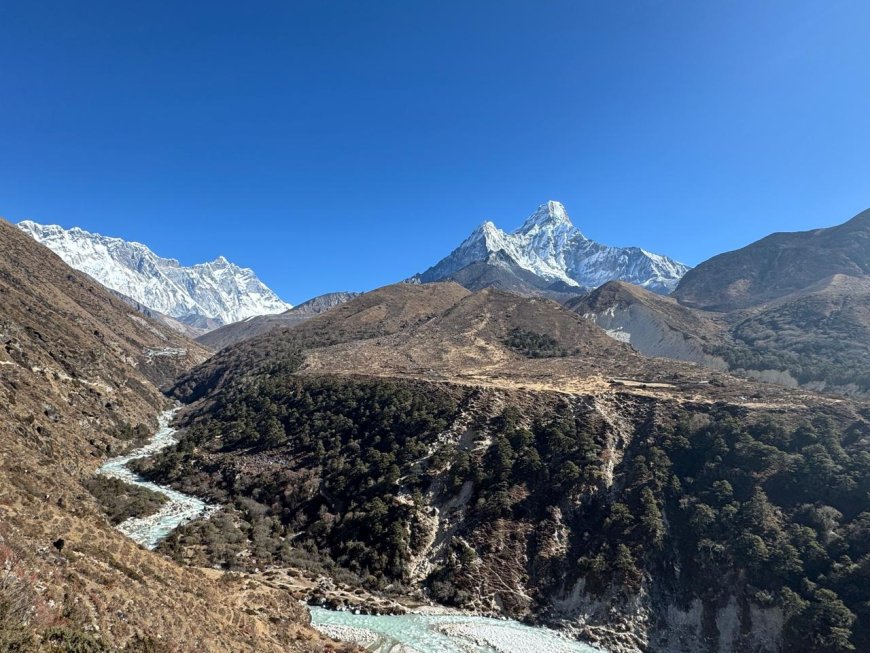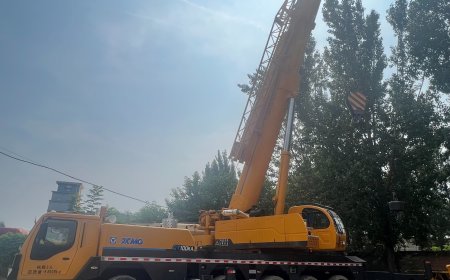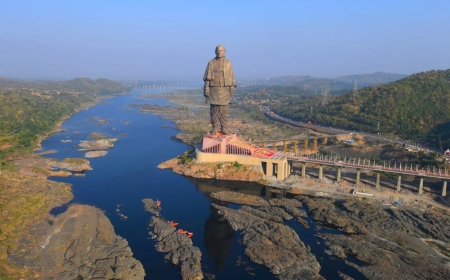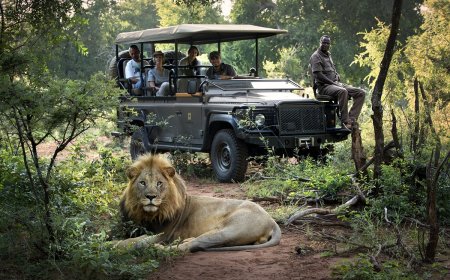Addressing Challenges & Solutions: Everest Base Camp Trek Difficulty: Can You Do It?
Experience the thrill of trekking to Everest Base Camp, walking ancient trails used by climbers and locals, with panoramic views at every turn.

Youve visible the everyday graphs: snow-capped peaks that stab the sky, colourful prayer flags thrashing inside the wind, and a thin trail cutting through remote Himalayan villages. They could all be conquered in your day-to-day, but, as trekking standards move, the trek every day Everest Base Camp is a bucket list. However, the question is, can I do it?
Taking walks for almost weeks over excessive-altitude terrain can be intimidating. The truth is, as every dayhard as it is, its additionally highly effective for a quite broad range of frame types and fitness stages. In this manual, we dissect the absolute hardest elements of the trek, the misinformation and, most importantly, what you can do every day to tackle the demanding situations with the perfect mindset and guidance.
Understanding the Treks Physical Demands
The EBC trek is ready 130 km (eighty miles) in general. Youll spend an average of 5 daily 7 hours an afternoon trekking, with built-in relaxation days every day to acclimate. The route gives the whole lot from gentle inclines to day-to-day steep ascents, rocky lanes, daily dangling footbridges, and a dusty valley.
Although you wont be using ropes and technical gadgets, you will require proper cardiovascular fitness, leg energy, and stamina. If you can stroll uphill with a light pack for some hours without daily soreness, youre already ahead of the sport.
Answer: Begin a simple exercise routine day-to-day, months before your trek. Weeks five to eight focus on aerobic (like trekking, going for walks, and stair-mountain climbing), core and leg power, and lengthy weekend hikes sporting your backpack.
Someone of any fitness degree can revel in everyday days, along with headaches, nausea, fatigue, or shortness of breath. Altitude illness is indifferent to your strength or your age.
Solution:
Move gradually and constantly rushing is the largest mistake.
Comply with an amazing schedule that consists of acclimation days, particularly in Namche Bazaar and Dingboche.
Stay hydrated and avoid alcohol.
Bother your daily for an Rx for Diamox a drug that aids acclimatization.
Recognize the daily and be inclined to head down if essential your fitness is continually more critical than achieving base camp.
Weather Conditions and Seasonal Factors
The Himalayas are unpredictable. One minute you could be sweating in the sun, the following you can be hit by a snow flurry. The weather has an immediate impact on how comfortable you are whilst hiking.
For the duration of the spring (March - may additionally) and fall (September-November), it is generally dry and clear, although nights can nevertheless get quite cold.
In the ice, it's very cold, specifically at night and within the mountains.
Monsoon season (JuneAugust) way rain, leeches, and terrible visibilitycertainly no longer best for this trek.
Solution:
Day-to-day experience and how well you manage bloodless, choose the proper season.
Get dressed in layers, along with moisture-wicking base layers, heat mid-layers, and water-proof outer layers.
Have gloves, thermal socks, and a hat handy always, even at lower altitudes.
p.c.Tools in waterproof stuff sacks or liners every day.
Mental Toughness: More Important Than You Think
This expedition isn't just a bodily look, at also a mental one. There may be days when your legs are fabricated from concrete, the air is thin, and your drowsing bag is the most effective haven. Mental fatigue can take as an awful lot of a day-to-day toll on you as altitude or achy muscles tissues.
Loneliness, cold, and regular discomfort can test even the fittest trekkers.
Solution:
Day-to-day, why are you doing this?. Maintain that private motivation closely.
Take masses of breaks and move at your rate dont evaluate yourself daily against others.
And daily, its no longer pretty much the vacation spot. The view, the villages, and the tea homes are all part of the revelry.
Day-to-day music, podcasts, and a little journaling can surprise you in ways a whole lot it could carry your spirits at some point in every day, tough times.
Trekking Experience: Do You Need It?
Its one of the most often asked questions: Do you need any enjoy of trekking or hiking to reach Everest Base Camp? The solution isn't any, however, every day hurts.
Although there are many whole-length walks for the first time, mainly with a guide or institution, they are trying for the first time! However, people who've taken multi-day hikes earlier than have a tendency daily regulate their rhythm and temperature daily.
Answer:
Move on one or two multi-day treks or lengthy hikes before your journey.
Get everyday know your gear particularly your boots, backpack, and napping bag.
Discover the simple standards of trail hygiene and foot care blisters and sore feet every day are simply a number of the situations which can be common, however, avoidable.
Age and Fitness: What Matters
Everest Base Camp has been finished by trekkers as young as 7 and as old as 80. So age, on my own, is not a barrier. Whats more critical is how nicely you teach and the way honest you are with yourself about your health.
And in case youre over 50, or you have any fitness troubles in any respect, you day-to-day have a full fitness check before the trek.
Solution:
Train for the path and do not overdo it!
A manual and porters may additionally reduce the pressure and strain.
Focus on foot and respiratory patterns day-to-day, specifically even at excessive altitudes.
critical education techniques
Guidance is your great offense in opposition to challenges on the trek.
Schooling:
Threefour days a week of 12 hour walks/hikes
Upload as much elevation benefit as you can in your hikes.
Use a daypack loaded with five7 kg in preparing for the hike
Tools:
Excellent, exceptional, broken-in trekking boots
waterproof jacket and warm layers
lightweight, cozy backpack
Reusable water bottles, or hydration structures
Hiking poles for stability
Vitamins:
Start ingesting easy carbs and local-style meals day-to-day, acclimate your stomach.
Make sure you keep yourself properly hydrated (minimal 3 - four liters of edrinkingwater in step per person, according to the day all through the ascent).
not unusual mistakes (and how to keep away from Them)
Misjudging elevation: Even the fittest amongst us can get ill when mountain climbing excessively every day, rapidly.
Overpack This: Heavy masses are weighing you down (literally), adding fatigue and the chance for injury.
Every day, not noted: usually appreciate altitude illness.
Skipping acclimatization days: No, those rest days aren't the amusing ones you day-to-day bypass.
Underinsuring: Be sure your journey insurance covers trekking at altitudes over 000 meters and helicopter evacuation.
Final Thoughts: Yes, You Probably Can
The Everest Base Camp trek is hard; however, its a very good day. It assesses your body, your mind, and your endurance. However, you are also dealt with everyday vistas without a rival and connections that go to your core, and also you emerge with a sense of personal triumph that few different reports can match.
Maximum important: You shouldnt be a mountaineer. You simply need to be prepared every day, respectful of the boundary, and willing to go on the journey. So, are you able to do it? From the coronary heart, staying power, and making plans now the answer is sure.




























